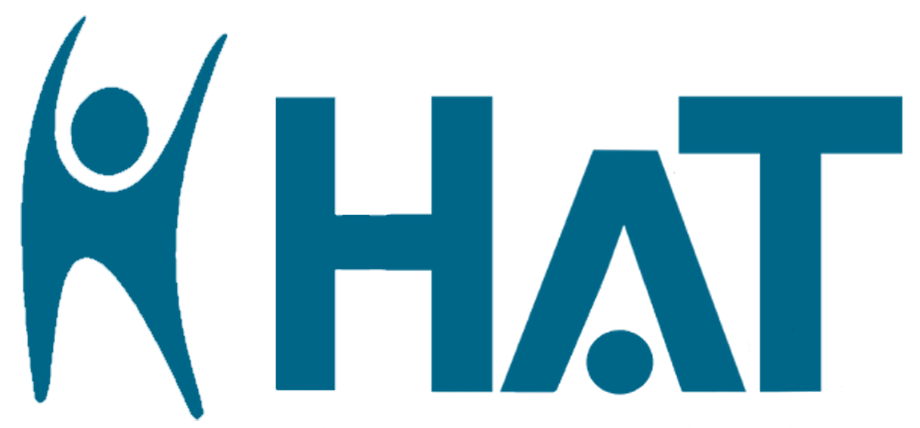Today’s presentation will be a virtual meeting.
Join Zoom Meeting https://us06web.zoom.us/j/971381033
“The Rights of Persons with Disabilities: Where do we go from Here?”
Presented by Henry Antolic
The International Day of Persons with Disabilities (December 3) is an international observance promoted by the United Nations since 1992. It has been observed with varying degrees of success around the planet. The observance of the Day aims to promote an understanding of disability issues and mobilize support for the dignity, rights and well-being of persons with disabilities. It also seeks to increase awareness of gains to be derived from the integration of persons with disabilities in every aspect of political, social, economic and cultural life. It was originally called "International Day of Disabled Persons" until 2007.[1] Each year the day focuses on a different issue.
The Canadian Charter of Rights and Freedoms, along with the Canadian Human Rights Act and provincial laws, protect the rights and freedoms of individuals with disabilities in Canada1. Section 15 of the Charter specifically ensures equality before and under the law for those living with disabilities2. It forms part of our Constitution which was signed April 17,1982
The Government of Canada consulted with Canadians from July 2016 to February 2017 to find out what an accessible Canada means to them. On June 20, 2018, the Government introduced Bill C-81, An Act to ensure a barrier-free Canada (the Accessible Canada Act) in Parliament. Bill C-81 - The Accessible Canada Act | Canadian Transportation Agency The Accessible Canada Act received Royal Assent on June 21, 2019, and came into force on July 11, 2019.
The purpose of the Accessible Canada Act is to make Canada barrier-free by January 1, 2040. This involves identifying, removing and preventing barriers in federal jurisdiction in the following priority areas:
employment
the built environment (buildings and public spaces)
information and communication technologies
communication, other than information and communication technologies
the procurement of goods, services and facilities
the design and delivery of programs and services, and
transportation (airlines, as well as rail, road and marine transportation providers that cross provincial or international borders)
New findings from the 2022 Canadian Survey on Disability (CSD) show that 27% of Canadians aged 15 years and older, or 8.0 million people, have one or more disabilities that limited them in their daily activities.
In 2001, the government of Ontario passed into law the Ontarians with Disabilities Act, 2001, requiring the government to adopt practices that eliminate barriers to participation of individuals with disabilities.[5] Such practices are adopted by consultation with groups and individuals affected by or representing those with disabilities.[5] These include defining building and structure guidelines, only leasing properties compliant with the guidelines, and sourcing products which "must have regard to their accessibility for persons with disabilities".[5]
The Accessibility for Ontarians with Disabilities Act, 2005 (AODA) The Act (AODA) is a statute enacted in 2005 by the Legislative Assembly of Ontario in Canada. Its purpose is to improve accessibility standards for Ontarians with physical and mental disabilities to all public establishments by 2025.[2]
Video of David Lepofsky discussing the AODA CP24, November 13, 2023 – Is Ontario Even Close To Becoming Accessible?
The Donovan Report 2023 Legislative Review of the Accessibility for Ontarians with Disabilities Act, 2005 | ontario.ca
After 20 Years, Torontonians Will Have to Wait Even Longer for an Accessible TTC After 20 Years, Torontonians Will Have to Wait Even Longer for an Accessible TTC | The Local
TTC won’t meet Ontario’s 2025 accessibility deadline, staff report says TTC won’t meet Ontario’s 2025 accessibility goals: staff report
Questions
1. What has Canada accomplished for people with disabilities?
2. What are some effective strategies for advocating for the rights of people with disabilities?
3. What role do non-governmental organizations (NGOs) play in supporting people with disabilities?
4. How can we raise awareness about the challenges and contributions of people with disabilities?
5. How can we create more inclusive and accessible public spaces for people with disabilities?
6. What are the next steps in terms empowering people with disabilities?
